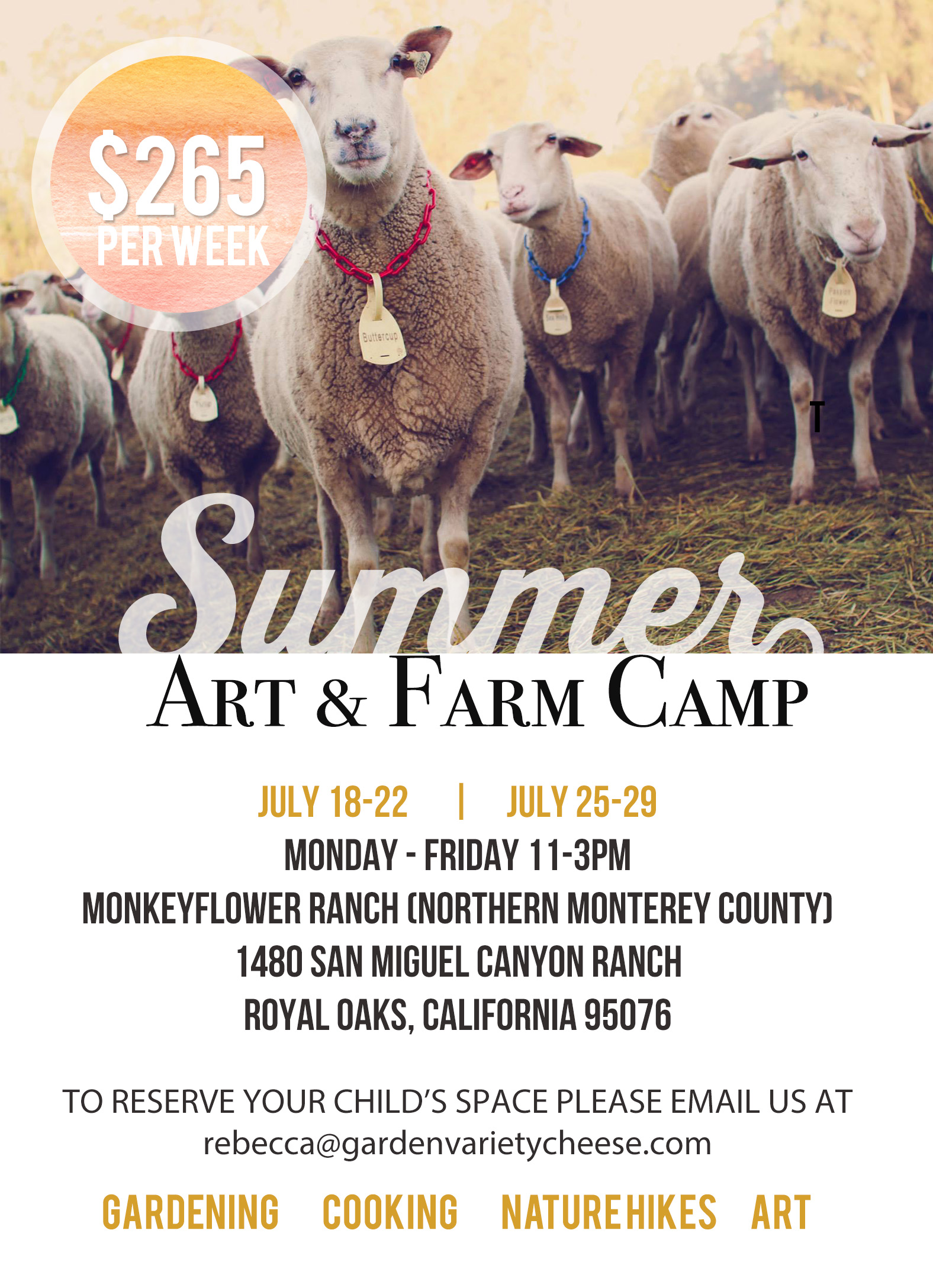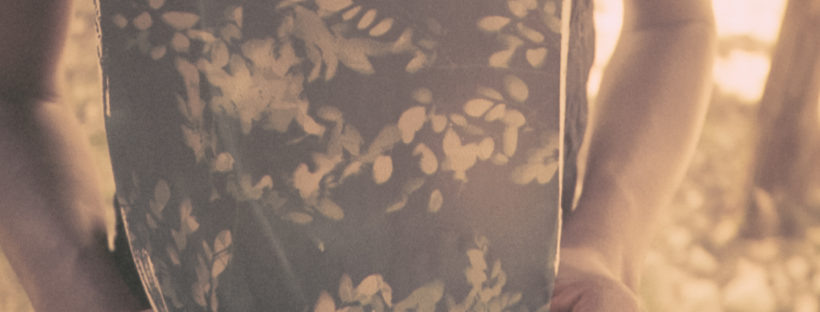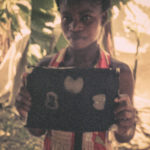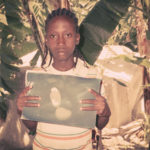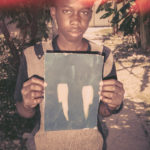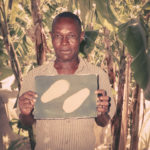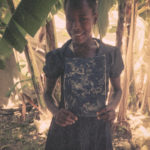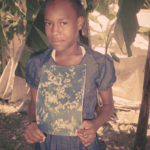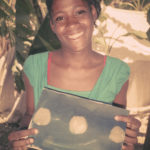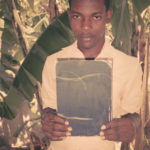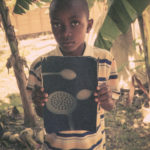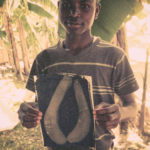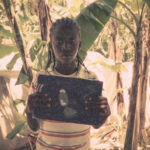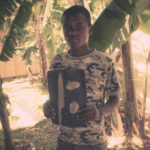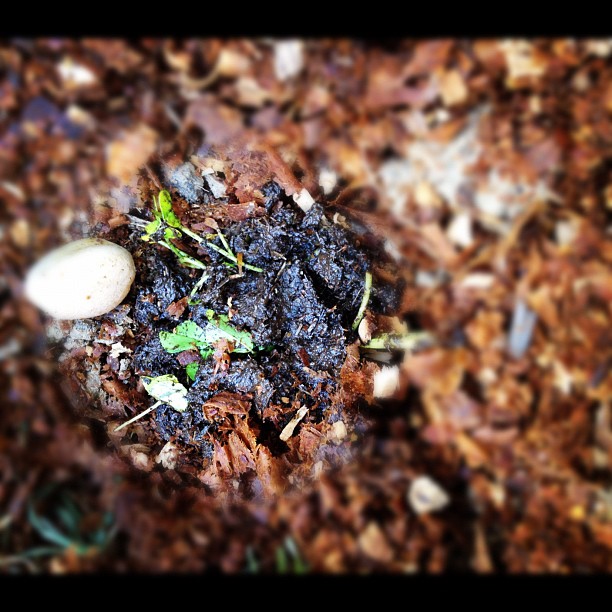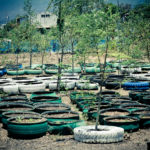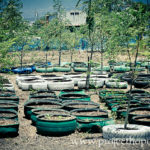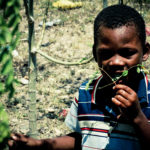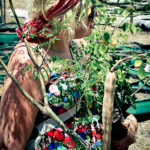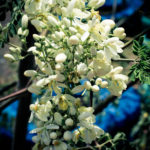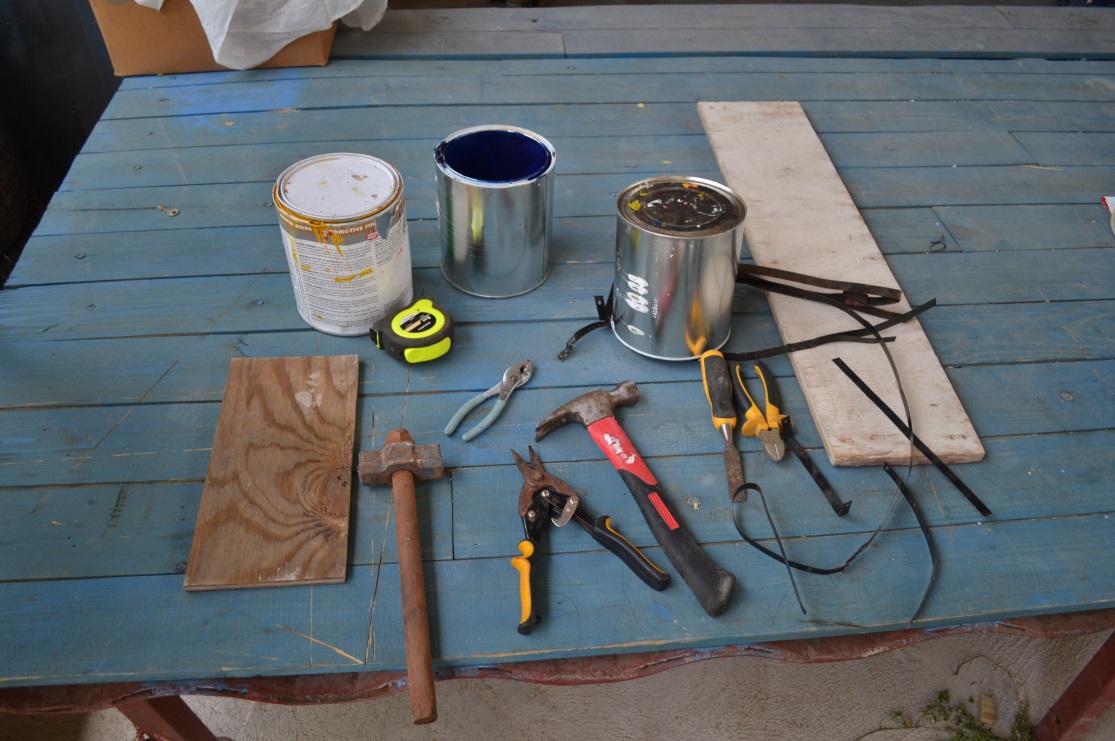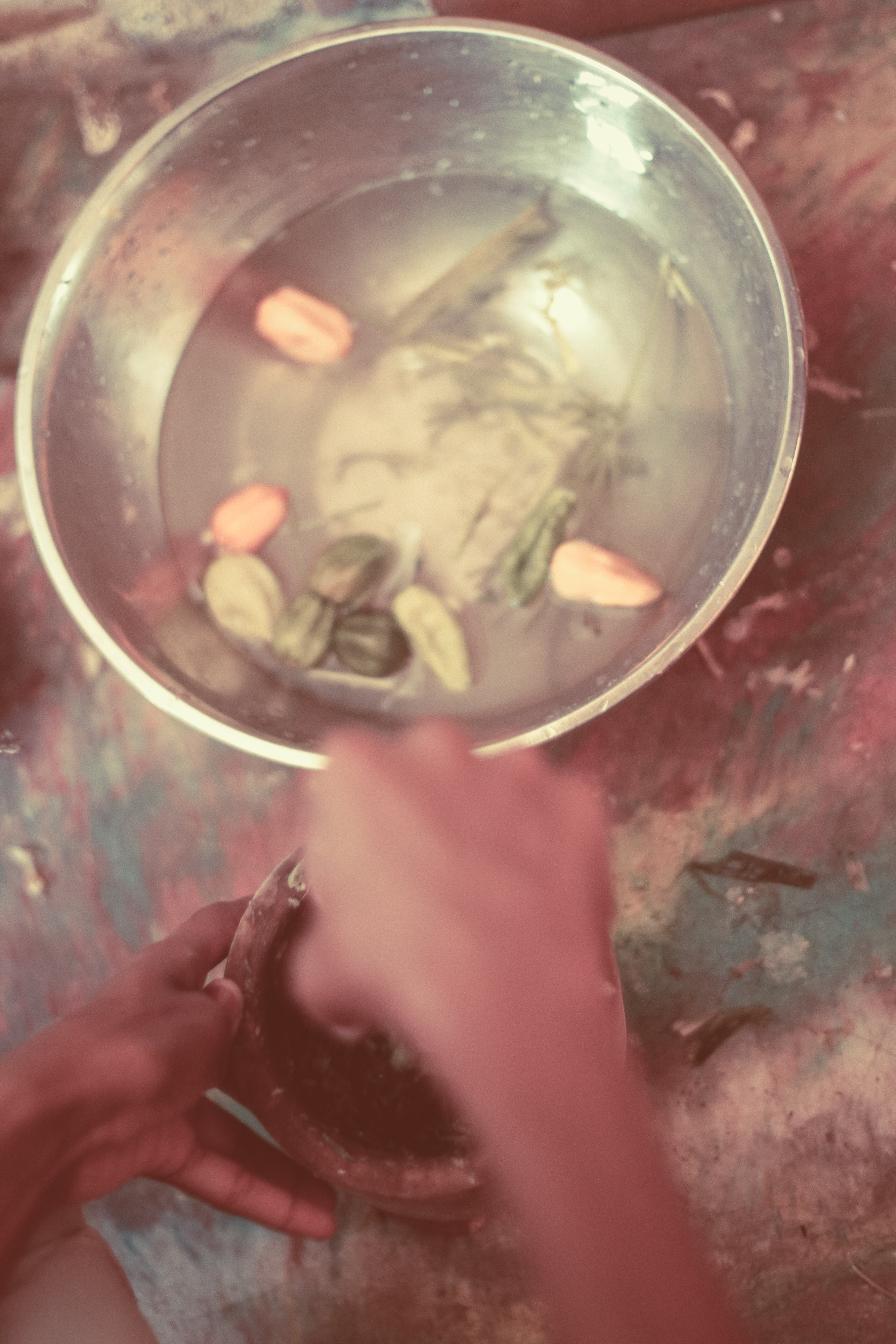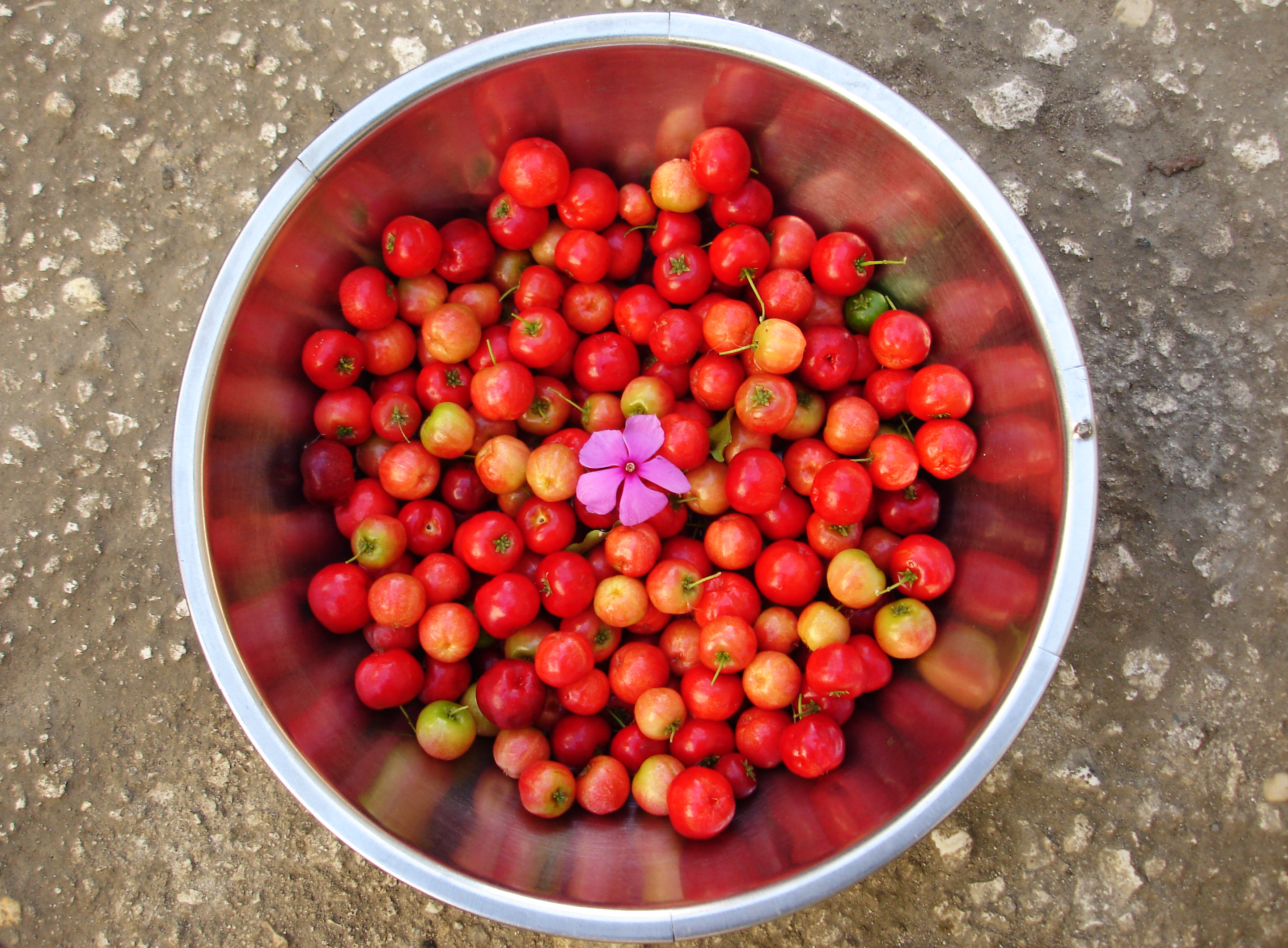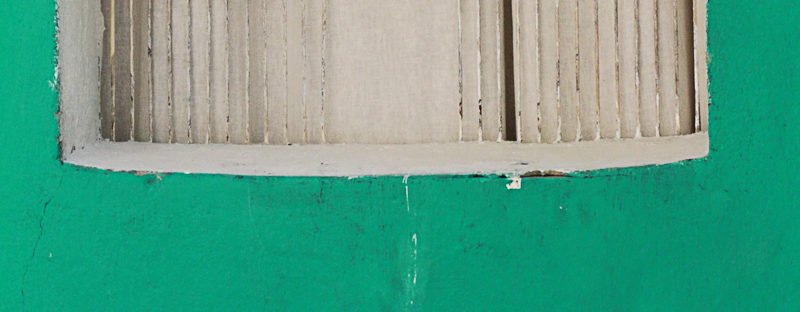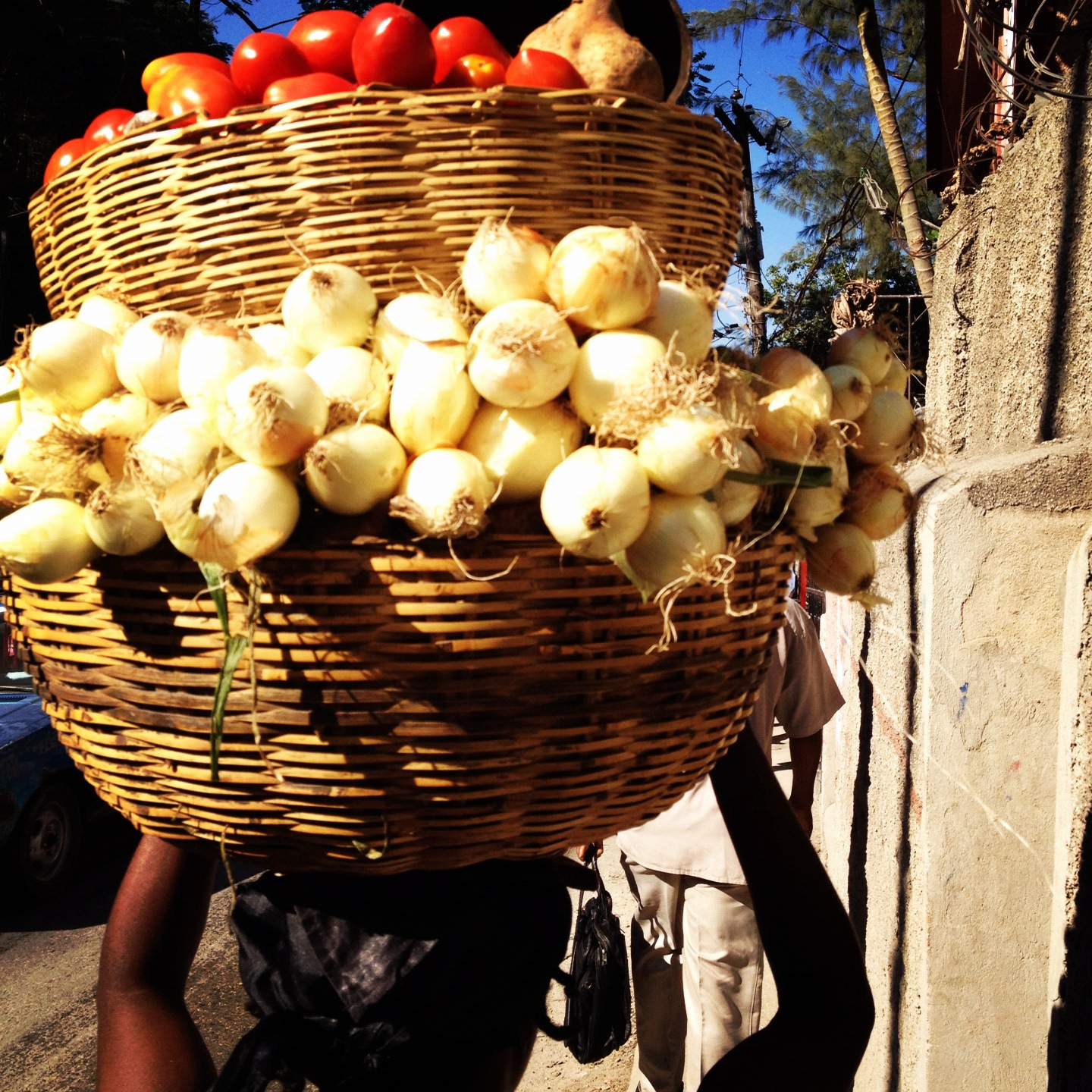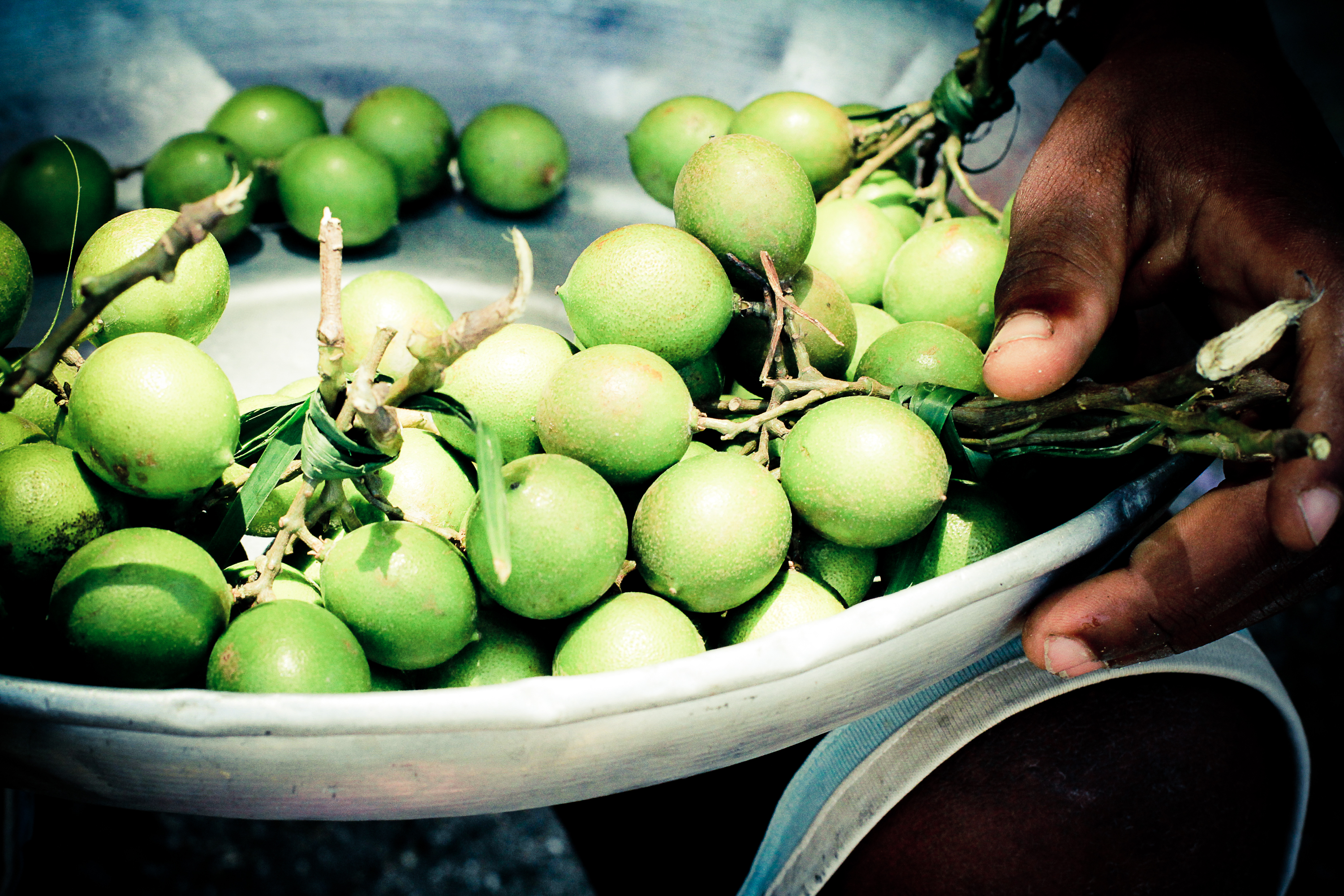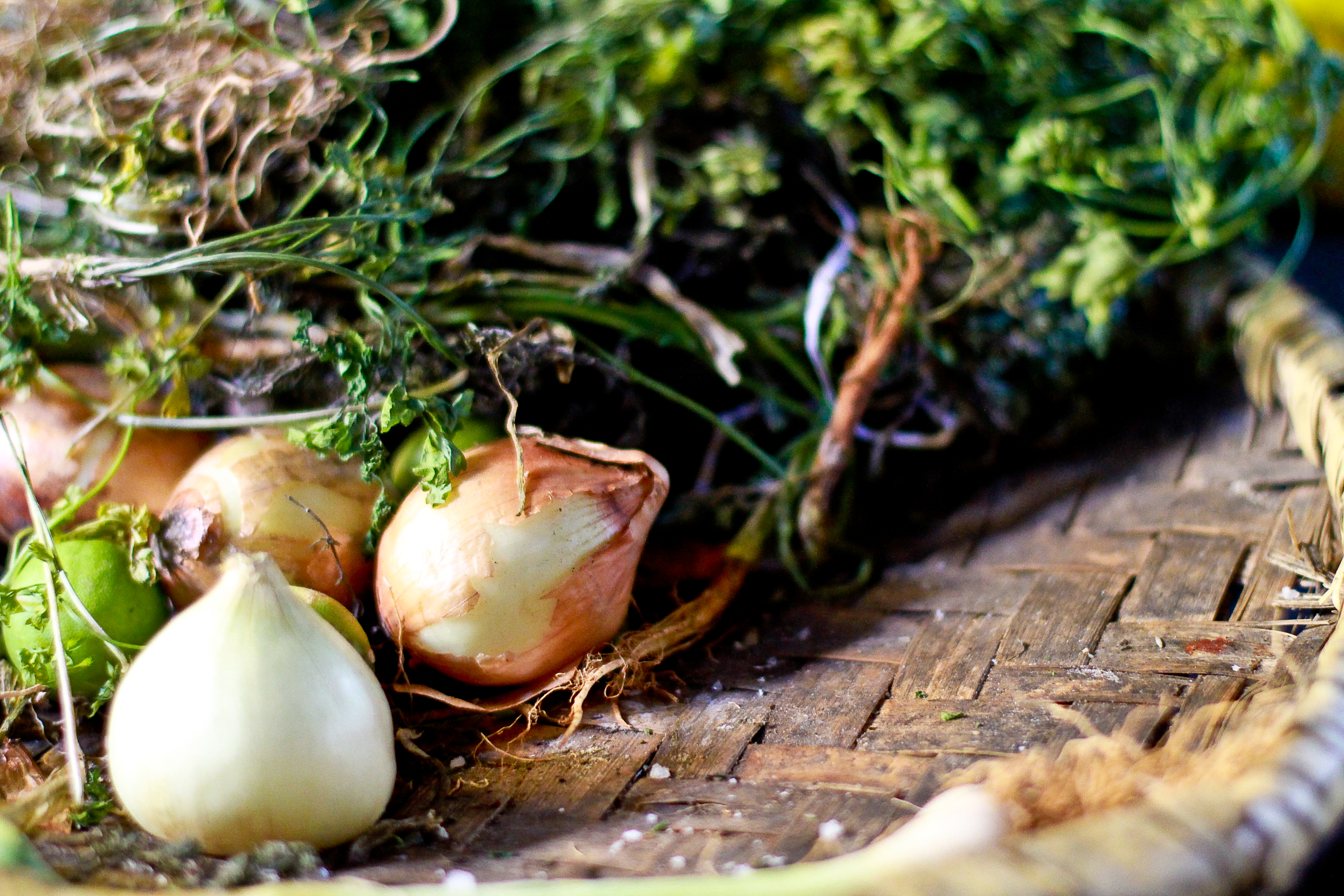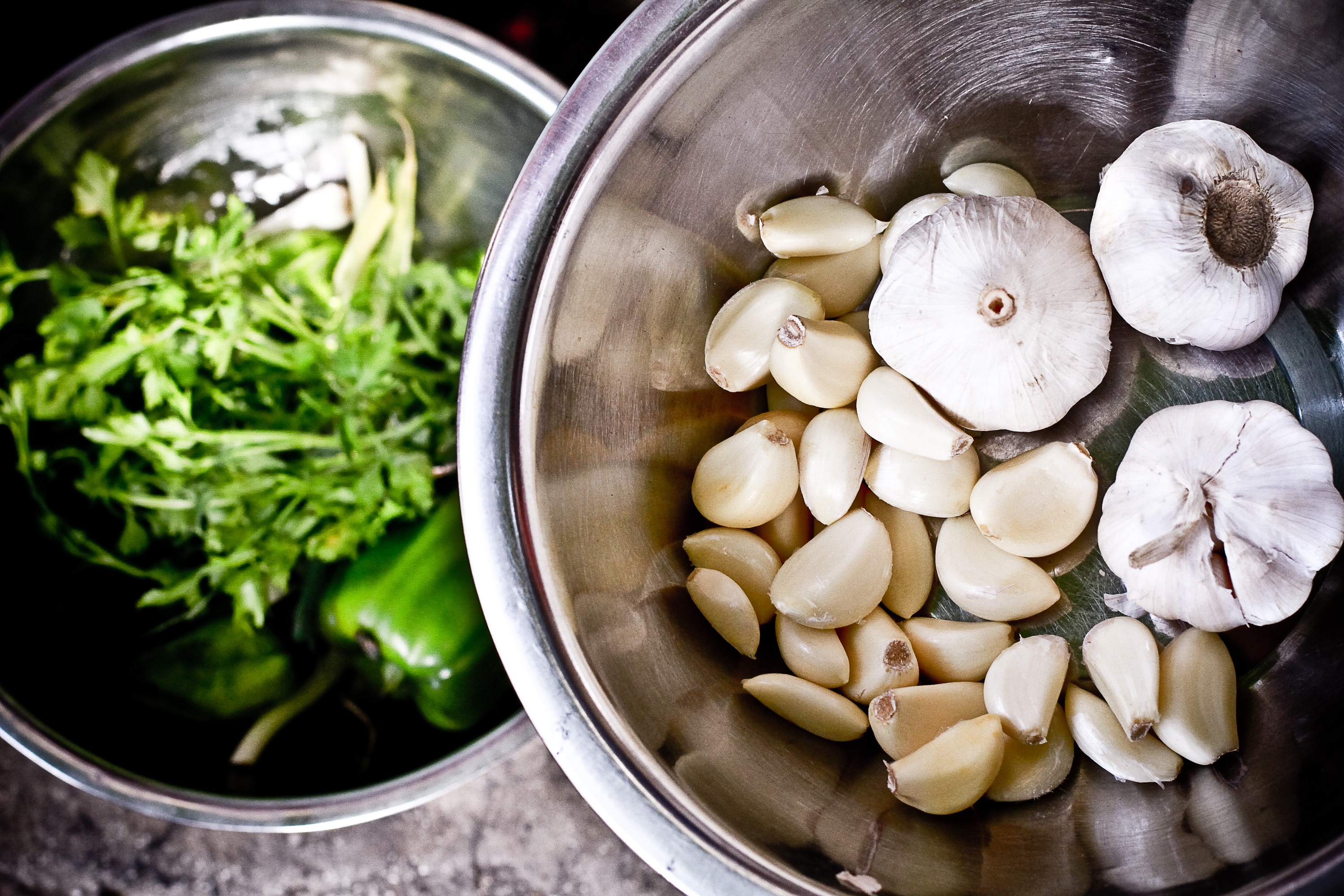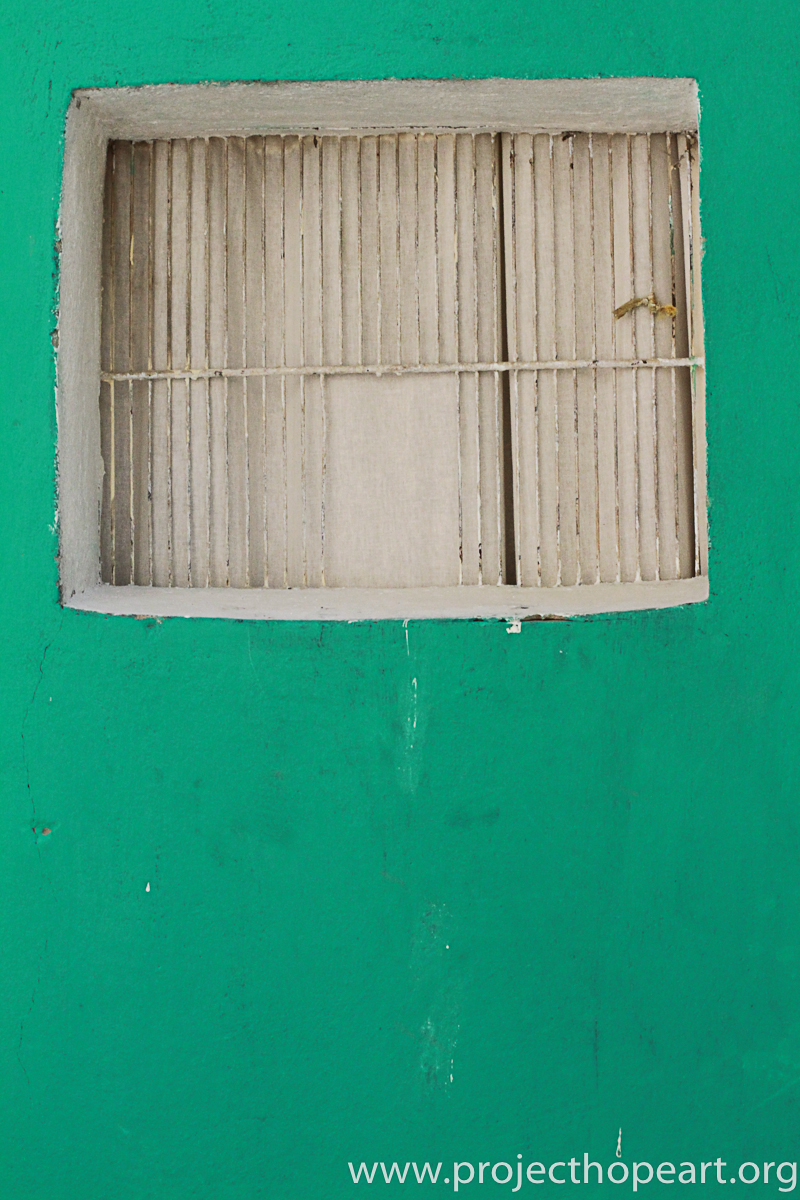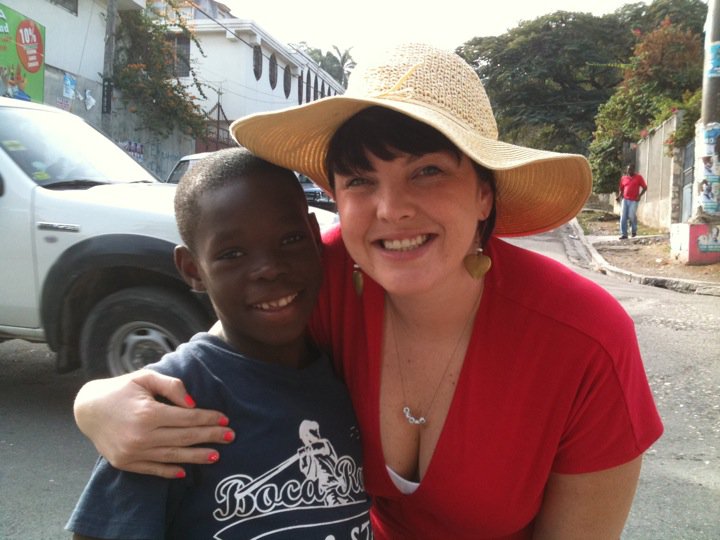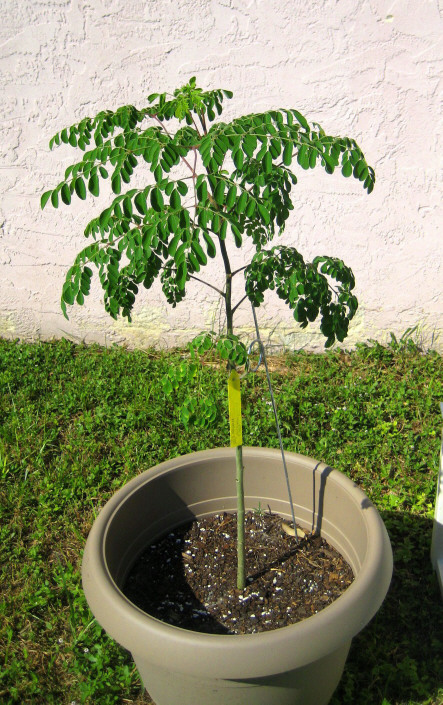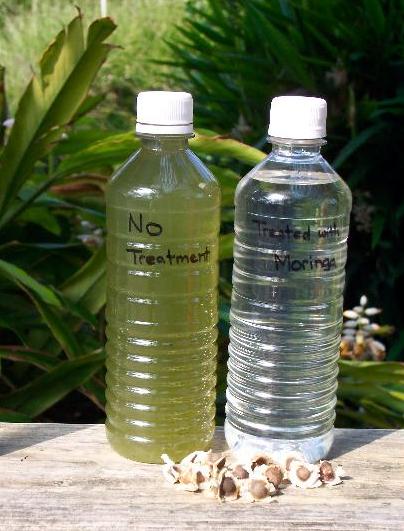This summer, Project HOPE Art’s Melissa Schilling will lead two weeks of day camp at Monkeyflower Ranch home of Garden Variety Cheese Dairy. Children ages 8+ are welcome to sign up for a fantastical adventure featuring a bevy of activities related to food, nature, farming and art.
Cost is $265
(Two Scholarships per week are available – More info below)

Wise Elders The Wise Elders
0% Complete
Project Description
FACT: The life expectancy for Haiti is low 50 years for men and 53 years for women.
FACT: Only 53% of Haitians can read and write
FACT: Only about 40% of school-aged children attend school regularly
FACT: Only about 10% of all Haitian children enrolled in elementary school go on to a high school
PROJECT HOPE ART, WITH THE HELP OF DONORS LIKE YOU, ARE DEDICATED TO MAKING A CHANGE.
The Wise Elders began as a workshop lead by Esnold Jure with his fellow faculty members (Winter, Gueldy, and Lisane). This eight week project engaged forty-six students. The objective over the eight weeks was to encourage the Haitian youth to reach out to the elders of their community. Through the process of photographic documentation and interviews, students helped the Wise Elders preserve memories, reflect on accomplishments, and share their voices.
Subjects emphasized:
- English
- Writing
- Photography
- Public speaking/ Presentations
- Interviewing skills
Workshop Budget breakdown
- Tuition per student: $25 (Tuition for 46 students: $1,150)
- Salary per teacher: $100 (Salary for 4 teachers: $400)
- Education for our youth: PRICELESS
Documents
No documents at this time.
Project Progress
0%
Progress
1/3
Complete Milestones
0/1
Complete Phases
0/2
Complete Tasks

Wise Elders The Wise Elders
0% Complete
Project Description
FACT: The life expectancy for Haiti is low 50 years for men and 53 years for women.
FACT: Only 53% of Haitians can read and write
FACT: Only about 40% of school-aged children attend school regularly
FACT: Only about 10% of all Haitian children enrolled in elementary school go on to a high school
PROJECT HOPE ART, WITH THE HELP OF DONORS LIKE YOU, ARE DEDICATED TO MAKING A CHANGE.
The Wise Elders began as a workshop lead by Esnold Jure with his fellow faculty members (Winter, Gueldy, and Lisane). This eight week project engaged forty-six students. The objective over the eight weeks was to encourage the Haitian youth to reach out to the elders of their community. Through the process of photographic documentation and interviews, students helped the Wise Elders preserve memories, reflect on accomplishments, and share their voices.
Subjects emphasized:
- English
- Writing
- Photography
- Public speaking/ Presentations
- Interviewing skills
Workshop Budget breakdown
- Tuition per student: $25 (Tuition for 46 students: $1,150)
- Salary per teacher: $100 (Salary for 4 teachers: $400)
- Education for our youth: PRICELESS
Documents
No documents at this time.
Project Progress
0% Progress
1/3
Complete Milestones
0/1
Complete Phases
0/2
Complete Tasks
Sample Schedule:
- 11am-11:30am: Scientific Sketch Journal Warm-Up (Put on your Scientist Hat and learn to sketch nature like a real Scientist)
- 11:30-12pm: Nature Hike to observe farm animals and the garden
- 12-12:30 Lunch on the Farm Patio with homemade lemonade
- 12:30-1:30 Papier Mache Sheep Sculptures
- 1:30-2 Free Play
- 2-3pm: Bread Baking in the Pizza Oven
Interested in securing a spot for your child?
Wonderful! Mosey on over to Garden Variety Cheese for more information about the $150 non-refundable deposit and have any additional questions you may have answered!
Scholarships! Scholarships! Scholarships!
Two spots are reserved for low-income campers per session. Low-Income spots cost just $50 for Art & Farm Camp. Simply write a short essay explaining why you would like to attend Art & Farm Camp. Bonus Points if you can amaze us with fun facts about sheep and lambs. Extra Special Bonus Points if you include an illustration of a sheep or a lamb.
Mail your essay to (deadline June 15th):
Miss Mimi
Art & Farm Camp
1480 San Miguel Road
Watsonville, CA 95076

